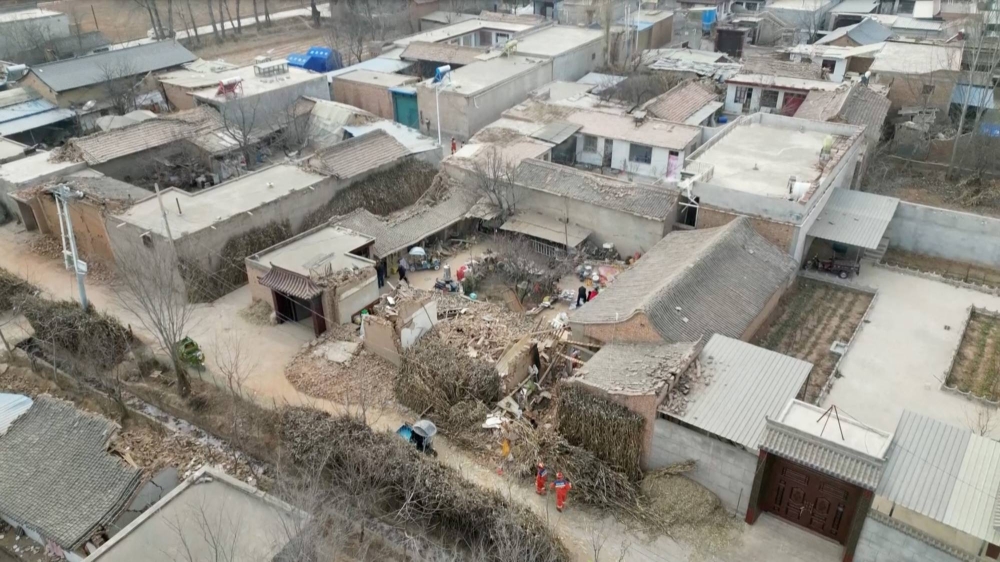One of the China’s most powerful earthquakes in recent years killed at least 149 people in a remote northwestern region, according to state media, with two people still missing after the magnitude 6.2 temblor hit a week ago.
The epicenter of the quake straddled the provinces of Gansu and Qinghai in an area where many of China’s Hui people, a tight-knit ethnic minority characterized by its distinctive Muslim identity, are found.
Gansu bore the brunt of the quake’s wrath. More than 200,000 homes were wrecked and 15,000 were on the brink of collapse, Chinese state media reported. Displacing 145,000 people, the powerful tremors killed 117 people in the province as of Dec. 22, with 781 wounded.
In Qinghai, west of Gansu, 32 people have died and two remained missing as of 11 p.m. on Sunday, according to state media.
Local authorities attributed the severity of the damage to the shallowness of the quake. The thrust-type rupture of the earthquake and the relatively soft sedimentary rock in the region also amplified the destructive power of the tremors.

People work at an aid distribution center for earthquake victims in Liugou township in Jishishan county on Dec. 21.
| AFP-Jiji
Many of the homes destroyed were built from an earlier era, made of earth-wood or brick-wood structures. Their load-bearing walls were constructed from earth, resulting in their poor defenses against any earthquake, local authorities said.
The tragedy has highlighted the urgency of raising the earthquake resistance of rural homes, they added.
Earthquakes are common in provinces on the northeastern boundary of the tectonically active Qinghai-Tibetan plateau, comprising most of Tibet, Qinghai, Gansu, parts of Xinjiang and the rugged highlands in the west of Sichuan.
Ten years ago in Sichuan, more than 6,700 people were injured and over 160 were killed in a magnitude 6.6 earthquake. In 2010, a destructive magnitude 7.1 quake killed 2,700 people in Yushu, a largely Tibetan area in Qinghai.

